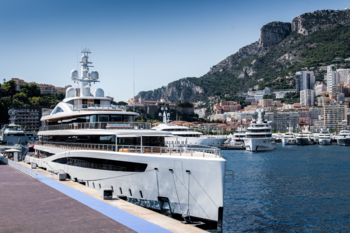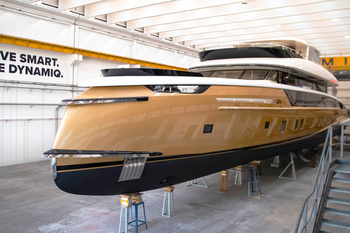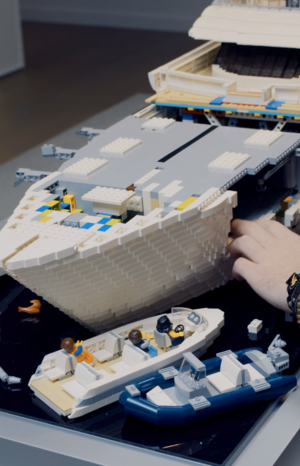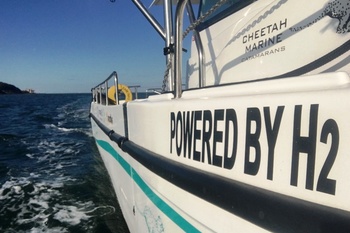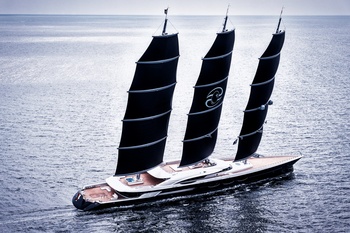Dutch Heesen Yachts has revealed new details about its largest project under construction to date, the 80.7m aluminium superyacht Project Cosmos (YN 19480). Although the keel-laying ceremony isn't until May this year, work is already well underway.
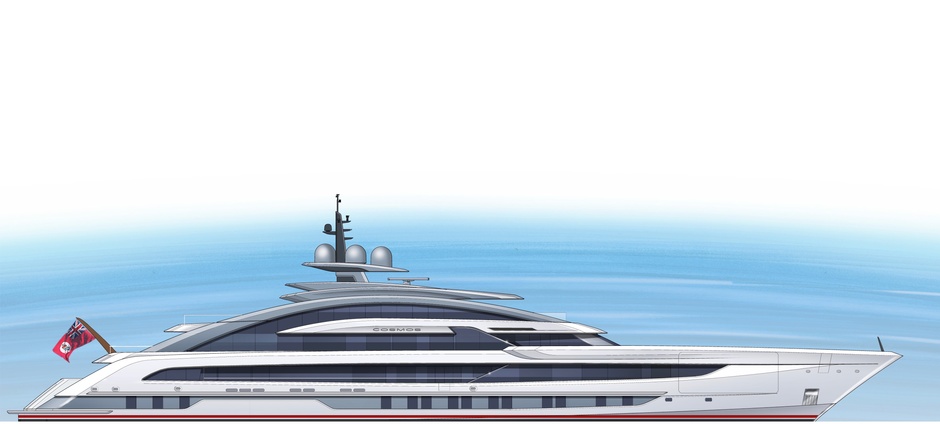
Starting from the basics - naval architecture and hull form development - the builders moved on to a detailed computational fluid dynamics calculations and physical testing of the scaled down model in the test pool, finishing with propellers and steering system.
In all the above aspects of the project Heesen relied not only on the expertise of its design department, but also on the expertise of long-standing partners Van Oossanen Naval Architects and propulsion specialists from Rolls-Royce.


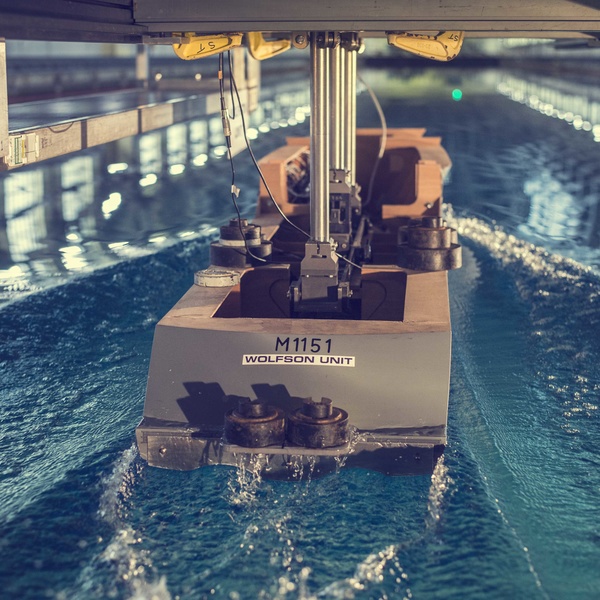
The first step was to create a Fast Displacement Hull Concept (FDHF) that would give the yacht not only high speed and efficiency, but also extreme rigidity - a difficult task since «Cosmos» is all-aluminium. It should be noted that the client wanted the boat to reach a top speed of about 30 knots.
To meet these challenges Heesen developed Backbone®, a design method ensuring the necessary stiffness without adding weight that could affect the performance of the boat.
The solution proved so successful that Heesen even patented the method.
To carry out the physical tests, the yard specially built a scale model of a 3.7-metre yacht and launched it in the Wolfson Unit test pool at the University of Southampton in the UK. Once initial data had been gathered on hydrodynamics, drag and speed, the model was made self-propelled, radio-controlled - to study the effects of water pressure on the hull. This provided valuable information to refine the design and further optimise the Backbone.
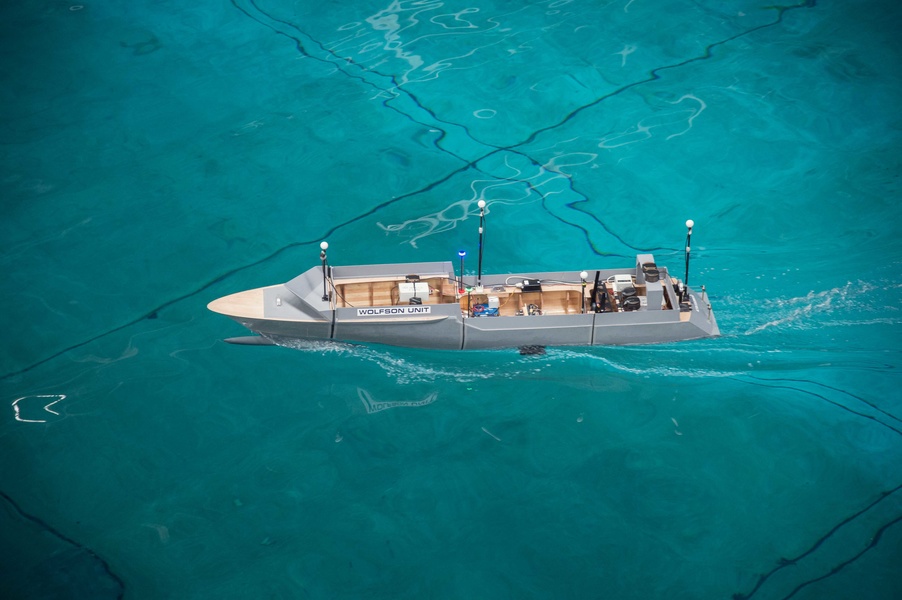
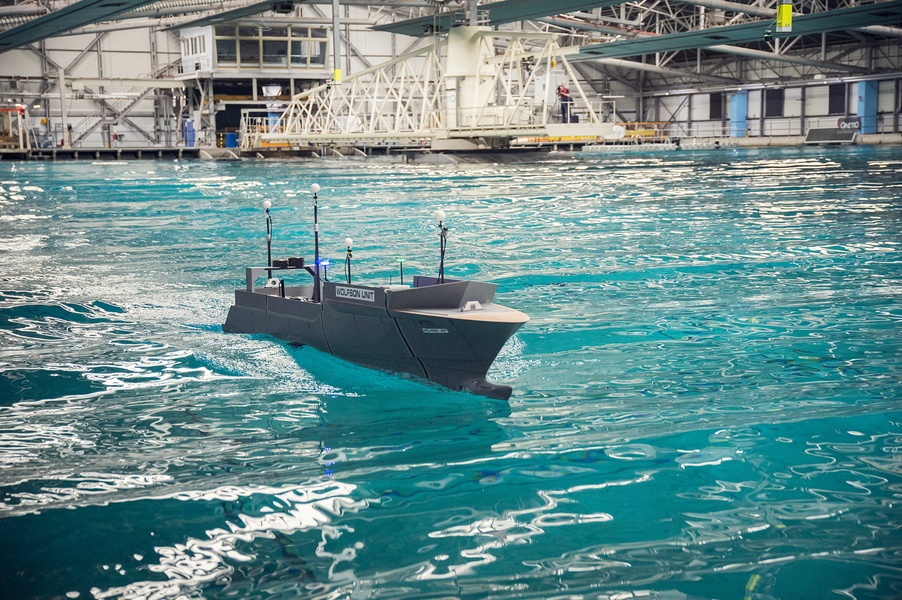
«In the case of such a large yacht made of» winged metal, it is particularly important to know the true forces acting on the hull at sea. And not only to comply with the requirements of Lloyd's Register, but also to build a boat that can withstand the highest loads.
The choice of Fast Displacement and the use of Backbone technology on a boat of this size means a slightly increased keel depth, which does indeed give an added benefit. Due to the slightly increased draft «Cosmos» boasts a very low draft ratio. This in turn means that the part of the hull hidden underwater is very narrow. The upshot of all is the boat's stability at high speeds and relatively low fuel «appetite».
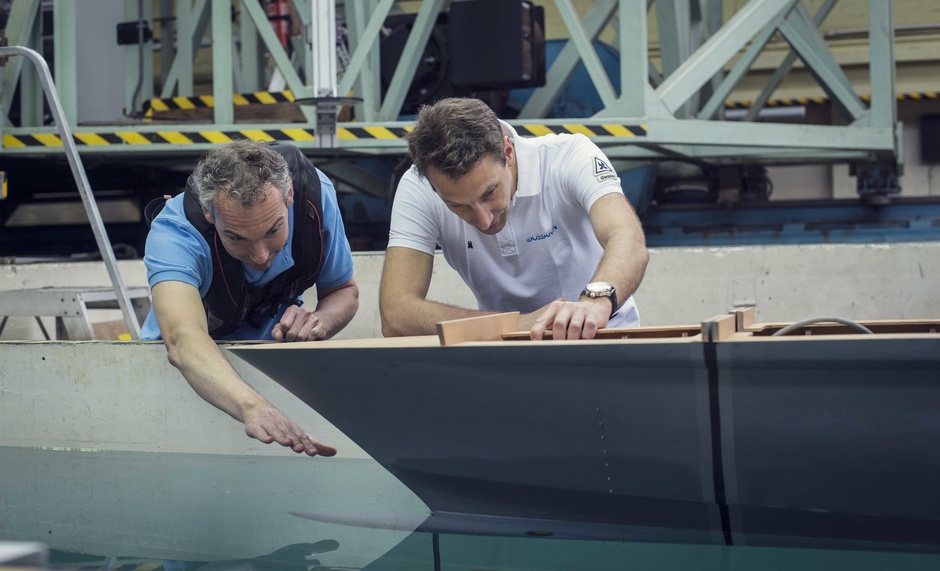
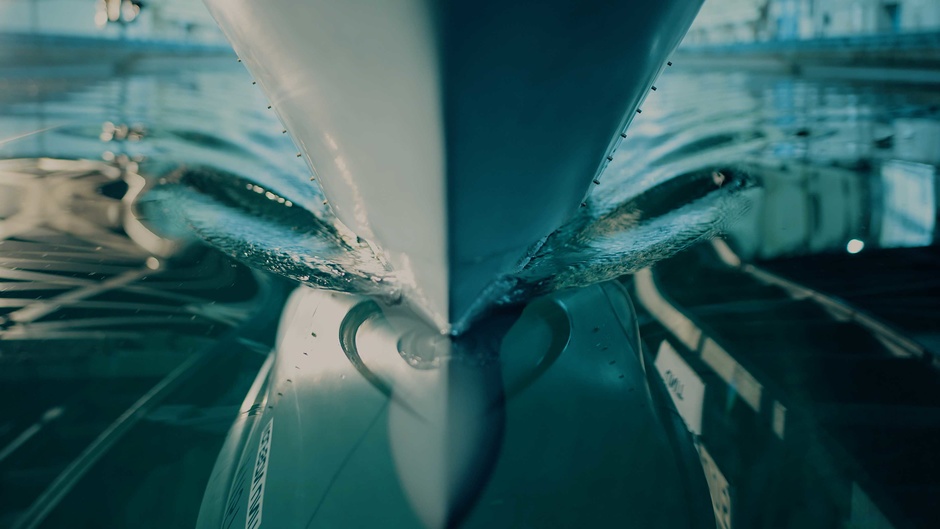
The mission of improving the variable pitch propellers fell to the Rolls-Royce specialists. Promas - integrating rudder and propeller into a single system to optimize hydrodynamic efficiency - is their know-how.
Thanks to the creation of a 1:11 scale model of the Promas propulsion/steering system at the Rolls-Royce Hydrodynamic Research Center (HRC) in Kristinehamn, Sweden, the problem of cavitation has been solved.
Cavitation is basically a process of formation and subsequent collapse of bubbles in liquid flow (in case of a boat - in the water flow running over the propeller and behind the propeller), accompanied by noise and hydraulic shocks.
Imagine how unpleasant that would be, especially if the superyacht was moving at top speed! Tests have revealed the problem and resolved it by modifying the shape of the rudder blade.
«Project Cosmos once again raises the bar, not just for Heesen, but for the custom aluminium yacht building industry as a whole. Both from a technical point of view and a performance point of view, we are reaching a whole new level. This 80.7 meter boat has been designed not only to reach a top speed of almost 30 knots, but also to cruise at a high speed of over 20 knots in economy mode. The technical advancements we've made to meet all these requirements will once again fuel the development of the superyacht world»," said Arthur Brouwer , CEO of Heesen.
In its 40-year history Heesen has earned a reputation for pushing the boundaries in design, speed and efficiency with state-of-the-art superyachts - think of the once record-breaking Octopussy or the more recent Galactica Star, Galactica Super Nova and Home.




